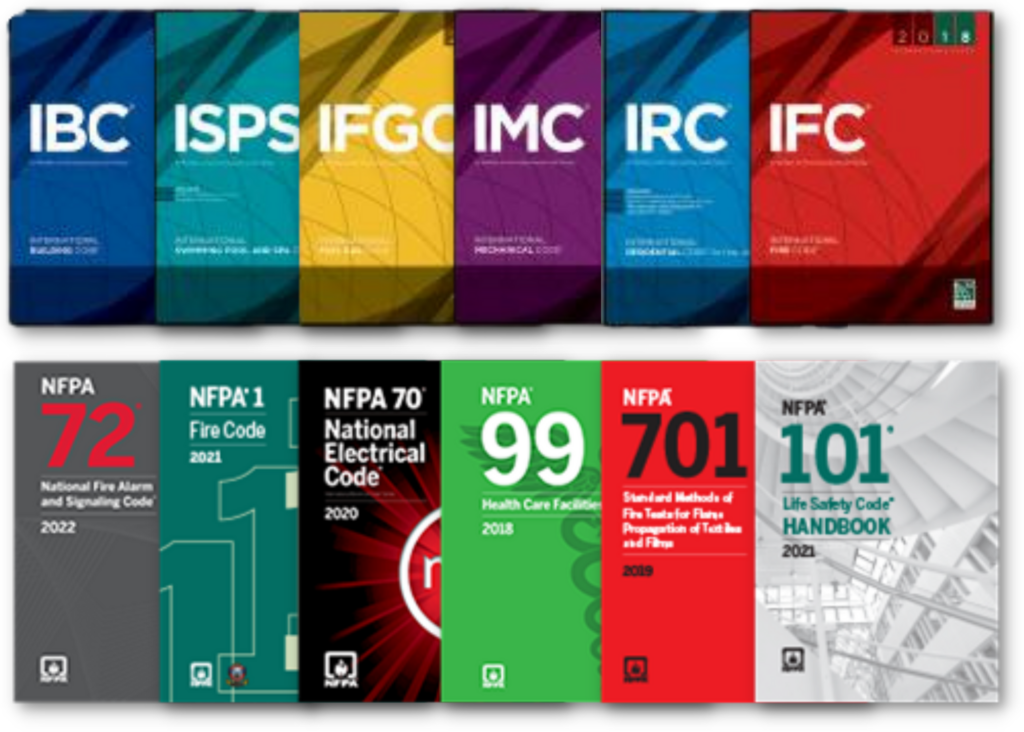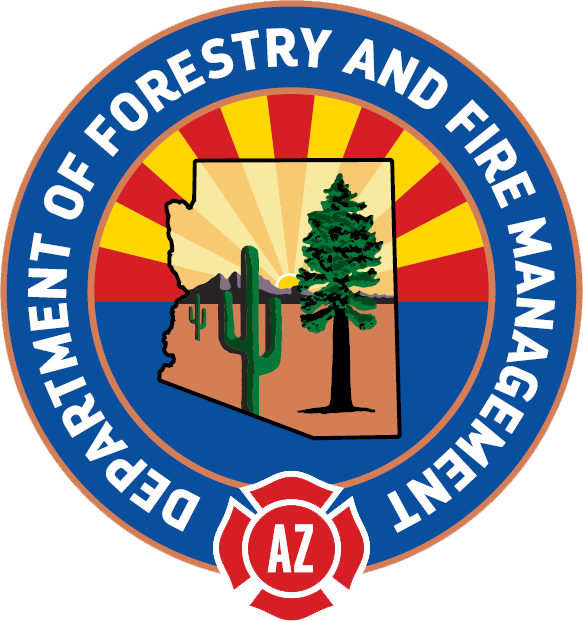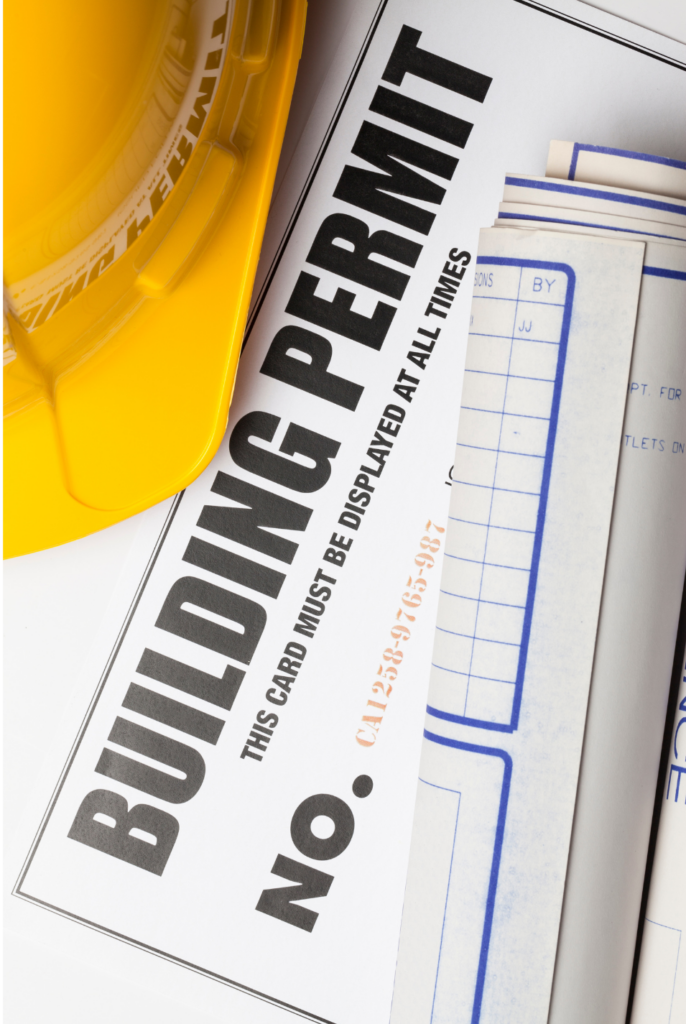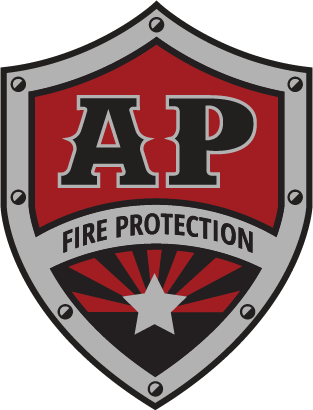
The authority having jurisdiction, or AHJ, plays a crucial role in ensuring fire/life safety in buildings, and it’s essential that facility managers understand what the AHJ is and the role it plays throughout the life of a building.
The concept of an authority having jurisdiction (AHJ) has been included in safety standards for years. The first thing to understand about an AHJ is that it is not a single entity. Depending on the jurisdiction your facility is in, the type of facility you’re in, and who owns your facility, you may be visited not only by the fire marshal, but by a variety of individuals, referred to as “the authority having jurisdiction”, who ensure your fire and life safety programs are within their standards of operation.
Defining the Authority Having Jurisdiction
The National Fire Protection Association (NFPA) 701 codes define the AHJ as “an organization, office, or individual responsible for enforcing the requirements of a code or standard, or for approving equipment, materials, an installation, or a procedure.” Specifically, under the NFPA 701 annexes, it is distinguished that “where public safety is primary, the AHJ may be a federal, state, local, or other regional department or individual such as a fire chief; fire marshal; chief of a fire prevention bureau, labor department, or health department; building official; electrical inspector; or others having statutory authority. For insurance purposes, an insurance inspection department, rating bureau, or other insurance company representative may be the AHJ.”
Essentially, this means that the AHJ serves primarily as an official responsible for code interpretation, enforcement, and implementation. It also means your AHJ is most likely more than a single person, office, or entity. The requirements your AHJ is employed to enforce depend mostly on the type of building or property. Their main objective is to evaluate the overall condition of the fire and life safety performance on your property and to confirm or request that it meets those up-to-date expectations. For example these could include:
Local Government
- Building Department
- Fire Departments & the Fire Chief
- Zoning Departments
State Government
- State Fire Marshal
- State Health Department
Federal Government
- Government Service Administration
- Federal Programs
- OSHA
- JCAHO
- BIA
Private Sector
- Insurance Company
- Third-party Certification & Accreditation Organizations
The United States’ codes and standards development process can be confusing. Unlike many other countries, there is no federal government code, so your AHJ requirements may differ depending on where your building is located. Furthermore, the codes your AHJ is employed to enforce can differ depending on which edition of the code your jurisdiction has adopted. It’s essential to recognize that once a code is adopted by a jurisdiction, it essentially should be noted as law for that jurisdiction.
With each of these sectors, various disciplines, or AHJs with unique or specialized areas of focus, might be present. An AHJ with overall knowledge of building and fire code issues, or one with special knowledge of plumbing systems and electrical systems, are a few examples of whom you might encounter.

Understanding Codes Enforced By AHJS
The codes and standards development process in the United States is managed almost entirely within the private sector. While the processes used to develop the code-based provisions have some differences, the NFPA code development process uses the principles of the American National Standards Institute (ANSI). These principles include:
- Consensus must be reached by representatives from materially affected and interested parties.
- Standards are required to undergo public reviews when any member of the public may submit comments.
- Comments from the consensus body and public review commenters must be responded to in good faith.
- An appeals process is required.
Transparency, openness, and inclusion are at the center of this process. NFPA uses a model of balanced committees; a mix of materially affected, interested parties derive requirements and develop the standards. In regard to the building, those who have to do the enforcing (the AHJ), pay for the building (the building owners), maintain it (the owners/contractors), install it (the contractors), design it (the architects/engineers), and insure it (the insurance company), all have a perspective on what the “requirement” should be, and they work together to find that balance.
Code Adoption
Once a code is adopted by a jurisdiction, the Authority Having Jurisdiction and the building owner are obligated to follow and it is what the AHJ is obligated to enforce. Finding out which code is applicable can be a bit tricky. A state or local jurisdiction may be several editions behind in adopting the most current code. For instance, the current edition of NFPA 101, Life Safety Code, is from 2021. Although this code is updated every three years, some jurisdictions may be using a 2015 edition or even a 2009 edition. Furthermore, a particular edition may be adopted at the state level but Home Rule (where county or municipal governments implement principles of a local self-government) may allow the code to be adopted at the local level.
The AHJ is the best person to ask to learn which edition and what local amendments are in effect. This approach is also a great way to strike up a relationship with the AHJ. Doing so can give you a better understanding of expectations and requirements.
A Critical Role
On occasion, there are stories about the fire marshal controlling or setting limits on the way a building can be used. Contrary to some popular myths, fire marshals and other Authorities Having Jurisdiction do not make up their own rules. One of their primary jobs is to enforce the locally adopted codes and standards in the jurisdiction. The restrictions, limits, or changes in your building that the AHJ has identified are there to protect the owner, the building occupants, first responders, and the community at large.
It might be helpful to think of AHJs as customer service representatives. They help with carrying out the “policy” (adopted code) for the jurisdiction. During construction or renovations, they are also allies of the building owner. The AHJ is usually involved in the plan review process. This process helps ensure that the building and its related systems meet the requirements of the adopted code or standard and that the building’s construction features, systems, and architectural features are in compliance, thereby assuring the building owner that he or she is paying for a code-complying structure.

It is their duty to verify your building is safe for everyone. In case of an emergency, any requested modifications also benefit the first responders. For instance, if a fire starts in your building, first responders are going to assume your life safety systems are up to date. If you have failed to follow AHJ instructions, a first responders’ ability to take control of a possibly dangerous situation could be compromised. Not only is this a disservice in respect to overall safety, but potential legal ramifications may follow.
Your Responsibility
However, even with a government AHJ responsible for the initial installation and an assigned facility AHJ for subsequent facility installations, there is an obligation for an employer to verify that maintenance, repair, or modification of the initial equipment does not create unsafe conditions.
Tips for Working with the Authority Having Jurisdiction
When it comes to your fire code and safety inspection services, the AHJ plays a vital role in certifying that the fire and life safety systems in your building are up to date and up to the NFPA codes standards. Many of us generally don’t know who their AHJ is, let alone what fire codes and standards apply to our buildings.
The NFPA requires fire inspections primarily where public safety is at potential risk. Inspections are not to assign blame. They confirm that equipment is installed and maintained in a manner that safeguards persons and property from hazards arising from everyday use of the facility as well as in emergency situations. Without verifying compliance, employees, customers and anyone else who enters your building are at risk.
At A P Fire Protection we believe it is our responsibility to make sure you know what to do when the AHJ for your business comes into the picture. The following tips will help you know what to expect and prepare for so that you can go in feeling confident and comfortable with the fire inspection process.

Get to Know Your AHJ
In the most general sense, if you’re a building owner, your AHJ is an ally, so it’s important to treat them as such and take them seriously when they perform inspections. Keeping an open mind and providing the upmost transparency when relaying information pertaining to the building is crucial in maintaining a positive relationship with your AHJ, as well as the safety of anyone who goes into your building.
Sustaining a positive relationship with your AHJ(s) additionally provides you the opportunity to know your building inside and out in a way that will help you to conserve the integrity of the building and therefore your business. It will also help you in case something goes wrong, you’ll be able to effectively communicate where the issue is so as to provide the persons in charge of fixing or inspecting the issue all of the facts. Good for you, but also good for your AHJ to know too.
Remember, your AHJ isn’t your enemy, your AHJ is your friend! It’s up to you to maintain a good rapport, no matter the condition of your building(s), a good relationship with the AHJ can only improve the situation.
Document Inspections/Correspondences and Follow Up
It is as beneficial for you as it is the AHJ when you both are on (literally) the same page. Take notes during inspections, save all paperwork, and don’t be afraid to ask questions.
Chances are, if you lack the knowledge, you’ll be left wondering what to do when your Authority Having Jurisdiction shows up. At APFP, we don’t want that to happen. After all, your success is our success, and we all can agree a safe building is the best kind of building.


Leave a Reply